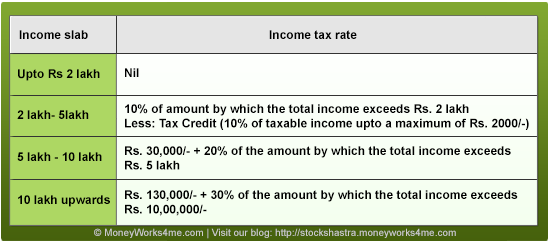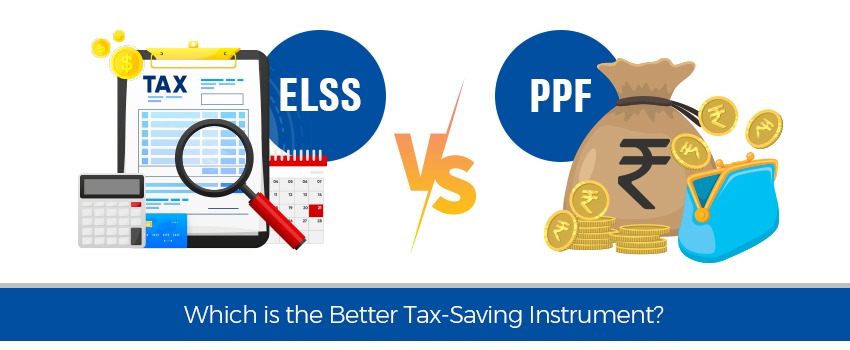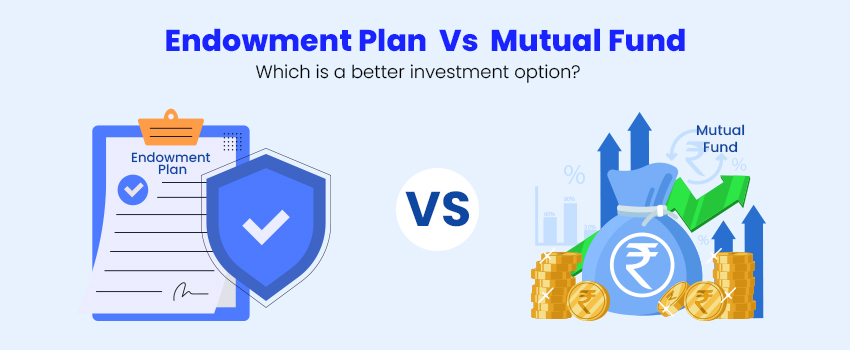Getting your first job, the credit of your first salary – all are occasions worth remembrance. Do you realize, this also marks your entry into a world, which is driven by money? Suddenly you find yourself receiving all sorts of offers ranging from pizza to credit cards at a click of a button. And then BANG!! Government too, wants its share in the form of taxes!! Well, you didn’t expect that! Did you! However, that’s a bitter truth; your entry into workforce also marks your entry into taxpayers’ list.
In this first article of the series, let’s consider a recent graduate who has just entered the corporate world and earns an annual salary of Rs. 4 lakhs.
The Income Tax rates applicable for the FY ending March 31, 2014 are:

Considering the Income tax slab for FY 13-14, here is how, his tax would be calculated:

Section 80C offers various investments and expenditure ranging from equity saving schemes to deposits, which can be availed for tax exemption, the maximum limit being Rs. 1 lakh.
ELSS or NPS? Suggested Allocation 80-100%
Equity investments, if chosen judiciously, can make your wealth grow faster by beating inflation than most of the investments and lower your tax burden. ELSS (Equity Linked Savings Scheme) & NPS (National Pension Scheme) are such two schemes.
ELSS invests primarily in equity shares of companies. It is an equity diversified fund which provides the benefits of capital appreciation, as well as tax benefits. It has a lock in period of 3 years with tax free dividends and capital gains.
The main risk with ELSS is that it has a considerable equity exposure (usually 80% of the total amount is invested in the equity with remaining 20% invested in bonds, debentures, Government securities etc.) and the returns are linked to market returns.
NPS is a pension scheme, which not only provides good cost adjusted returns and tax saving but also plans for your retirement. The investor has the flexibility to decide the percentage of the corpus which should be allocated for equity, corporate bonds and government securities, with the only limitation being the 50% cap on exposure to equity. One of the most outstanding features of NPS is the ‘lifecycle fund’, under which the equity exposure is decided by investor’s age. 50% allocation to equity is reduced every year by 2% after the investor turns 35, till it comes down to 10%. This is in line with the strategy to opt for a ‘higher-risk higher-return’ portfolio mix early in life, when there is ample time to make up for any possible black swan event.
The differences amongst the two are mentioned here:

EET tax system implies that while contributions and returns to the scheme are exempt up to a limit, withdrawals would be taxed as normal income. Thus, on comparing ELSS & NPS, NPS turns out to be a far economical tax saving instrument. It also allows equity investments, which enhances the chance of getting higher returns. It further offers an additional tax-saving method as employer’s contribution to the extent of 10% of basic plus DA. This is in addition to the Rs. 1 lakh permissible in Sec 80C.
For a young individual, whose risk tolerance is relatively high, a higher equity allocation to the entire asset base makes sense. Thus, 80-100% allocation i.e. entire Rs. 20,600 can be allocated to the NPS.
Fixed deposit (FD) or Public Provident Fund (PPF): Suggested Allocation (0-20%)
FD & PPF, both are regular income earning investments, where, the investor receives a pre-determined assured return. However, there are some differences amongst the two, which has been listed below:

As it is evident, the main difference between PPF & FD is the maturity and the tax on the interest earned, which is payable in FD and exempted in PPF.
Ideal tax saving instrument in this scenario is NPS, although it has a long lock in period till the age of 60 years. If you plan to buy a new car in let’s say next 5 years then a small proportional allocation to FD can be considered. Similarly, if you plan to buy a house let’s say after 15 years, small contribution to PPF would be an option. Identification of financial goals, both long term as well as short term will be instrumental in deciding the tax saving instrument.
Insurance policies:
Let’s start with life insurance policy. If you have dependents, then life insurance policy should be considered. You can give it a miss, if that’s not the case. However, one should be careful as not all insurance policies are eligible for tax exemption. So, what to look for before you buy? The cover should be at least 10 times the annual premium of the policy. The sum assured should only be the basic cover and should not include bonuses and other payments.
Health insurance: Sec 80D
Premium paid for insuring the health of self is eligible for up to Rs 15,000 in a financial year. Paying for parents’ cover gives an additional deduction of up to Rs. 15,000. If one of the parents is insured, is above 60 yrs (a senior citizen for tax provisions), the deduction limit increases to Rs. 20,000.
Education loan: Sec 80E
It’s a common notion that in current inflationary scenario, students have to resort to education loan to fund your college fees. Do you know that education loan is your pal in reducing your taxes? How? As per Sec 80E, any amount of interest paid towards the education loan, can be claimed as a deduction. However, this applies only on interest and not on the principal.
By all means, this is not an exhaustive list of tax deductions, but just a few pointers which may apply to a young individual starting a career. If you would like to know more about other tax saving instruments, please go through the list of plans covered in tax deduction section 80C, 80D & 80E etc. For a young individual, starting early with adequate time and effort spent towards tax planning will not only help him in minimising taxes but also lead to steady cash flow generation from the amount saved in the years to come.
In the next article, we will focus on the tax planning best suited for a newly married couple.
If you liked what you read and would like to put it in to practice Register at MoneyWorks4me.com. You will get amazing FREE features that will enable you to invest in Stocks and Mutual Funds the right way.
Need help on Investing? And more….Puchho Befikar
Kyunki yeh paise ka mamala hai
Start Chat | Request a Callback | Call 020 6725 8333 | WhatsApp 8055769463










NPS is as yet an unproven and opaque system. For e,g. how their fund managers are performing and the portfolios of their funds is something which will is not in the public domain and one would really have to search the Net hard and wide to find this info. And even then, there is no guarantee that it would be available.
Secondly, as shown in the table, the lock-in period is 60 years. So if u have chosen the wrong fund manager or if your chosen fund manager doesn’t perform over a period of time, what options does one have? You can probably switch the fund managers, but again without adequate info about their performance, that would be a difficult call.
And thirdly, the maximum one can allocate to equity is 50% which is hugely restrictive, especially for young people who have just started earning or are at the beginning of their careers. This proportion should be at least 80-90% for such people to benefit from the power of equity compounding and averaging.
And lastly with such a pathetic fund manager compensation, how and why would any fund house put its best people to manage these funds? Are these fund houses making any money at all on NPS? If not, then they would never have any incentive to improve.
Hi Dinesh,
In NPS lock-in period is not 60 years. Its upto age 60. Secondly you have an option to switch fund managers 2 a year without any charges.
Hello Dinesh,
– Firstly, the latest NAVs of the
various fund managers are available on the NPS CRA (Central Record keeping
Agency) website. The historical NAVs are available on the respective websites
of the fund managers. Hence, we can track the performance of the NPS schemes
offered by the 8 fund managers. However, we should remember that past
performance is not a guarantee for future performance.
– Secondly, lock-in period is up to the age of 60 years and there is an option
to change fund managers without incurring additional cost.
Since, the article was about
looking at options for tax saving perspective, we had to compare between ELSS
and NPS as both consist of equity investments and are tax saving instruments.
It is true that young individuals are in a position to taking higher risks and
hence, they can seek higher returns by investing more in equities. However, NPS
is a retirement scheme which allows equity investments, and a restriction of
50% for equity investments is a fair one for a retirement scheme. NPS gives the
benefits of both, equity investments for a long term, and retirement planning.
Between ELSS and NPS as tax saving instruments, we prefer NPS as it also gives
retirement benefits, allows equity investments, and is available at low fund
management cost. So, young individuals can invest part of their savings in NPS
for tax saving purposes, and part could be directly invested in equities or in
equity linked mutual funds, as young age allows such individuals to avail
benefits of higher equity exposure by taking higher risks.
– Moreover, low fund manager
compensation leading to less incentive to perform is a bit of chicken and egg
situation. Assuming high cost leads to better people being put to the task, we
have a choice between high cost and better fund managers, and low cost and
not-the-best-of fund managers (assuming). There have been many mutual funds
which have charged high costs and have not performed well. So, it is not
guaranteed that higher costs lead to appointment of better fund managers, more
incentive to perform and ultimately better performance.